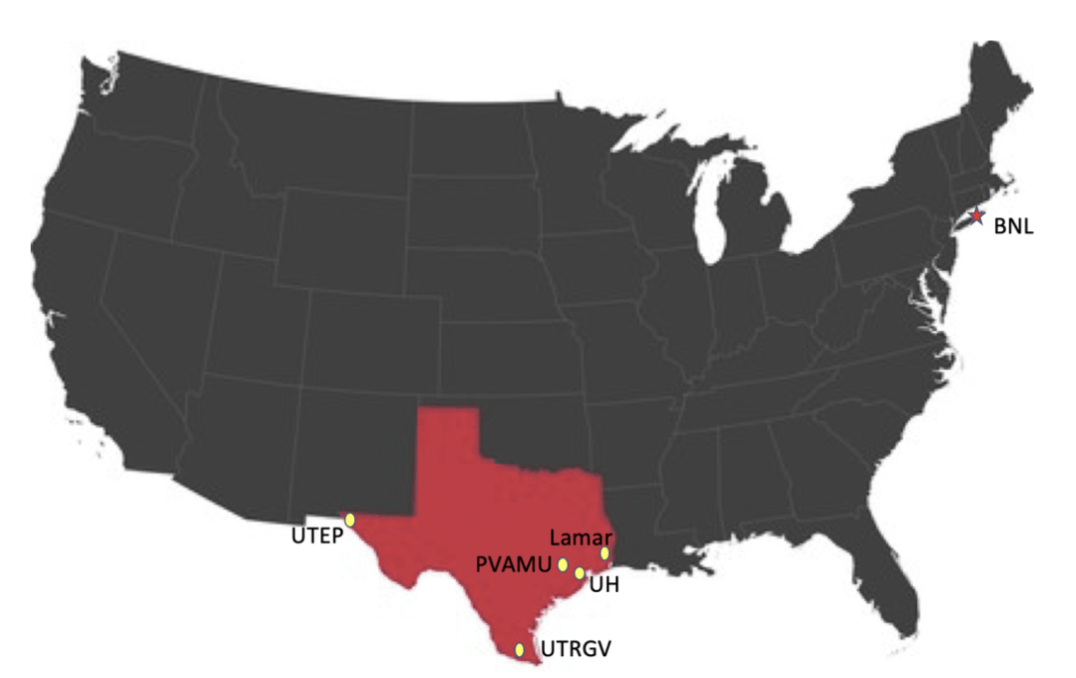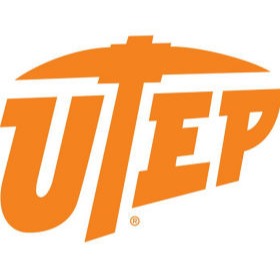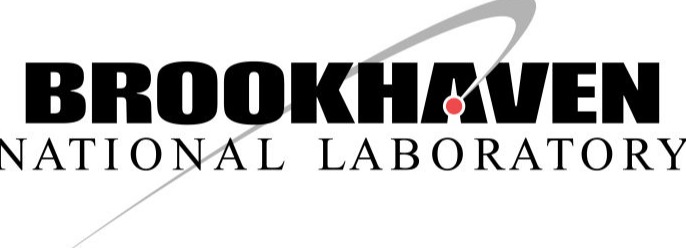


Prof. Ratti is a Nuclear Theorist in the field of relativistic heavy ions. Her expertise spans from effective field theories over phenomenological models to lattice QCD calculations. She is a member of the Wuppertal-Budapest lattice QCD collaboration.
Profs. Bellwied, Timmins and Pinsky are active members of the STAR and ALICE collaborations at RHIC and LHC, respectively. Prof. Pinsky brings a unique additional perspective to this program, since he has joined the CERN-based Medipix2, Medipix3 and Medipix4 collaborations to develop their various Timepix versions of radiation imaging hybrid pixel detectors.
Dr. Portillo holds a Ph. D. in Computer Science and one in Physics. He is a theoretical heavy-ion physicist and is currently a lecturer at UH.

Prof. Munoz and his group develop theoretical models and computational methods to understand thermodynamically important interactions in ordinary and nuclear matter, with emphasis on entropic contributions. The group also develops machine learning pipelines and data science solutions for applied problems in physics

Over the past ten years, Profs. Incera and Ferrer have held senior faculty positions at UTEP, CUNY-Staten Island and UTRGV. They have made important contributions to the understanding of the properties of strongly interacting matter under extreme conditions, for instance elucidating the effects of strong magnetic fields on the color superconducting phases that develop at high baryon densities.

Profs. Saganti’s research interests include unique imaging systems for advanced radiation biology studies, understanding the space radiation environment for long duration human exploration missions, applications in radiation oncology, and cancer treatment with protons and heavy ions.

Profs. Cole’s research bears upon the spectrum and structure of nucleon resonances (N*s). With his strong background in detector development and physics analysis projects at several labs spanning three continents, he will prove as an asset to the future EIC of hardware projects involving undergraduate researchers.

Brookhaven National Laboratory is home to the Relativistic Heavy Ion Collider and its presently sole operating detector, the Solenoidal Tracker at RHIC (STAR). The local coordinator for our effort is Dr. Ruan, who is the co-spokesperson of the STAR experiment and a local group leader. Her expertise is in the measuring of electro-magnetic probes from the charm sector. She also was instrumental in several of the recent upgrades to the STAR detector, in particular the MTD, the Muon Telescope Detector. Drs. Kettell and Bishai, who lead the BNL neutrino efforts, are also part of the program and will contribute specific lectures and tours geared towards the future neutrino programs including new detector developments.
Design your own site - Get now